What Is Aggregate And How Many Types of Aggregates?
First, What Is Aggregate?
Aggregate is a granular material that act as skeleton and filling components in concrete and mortar, such as manufactured sand, natural sand, gravel, crushed stone and recycled concrete etc. Aggregate has a wide range of application in construction and other industries.
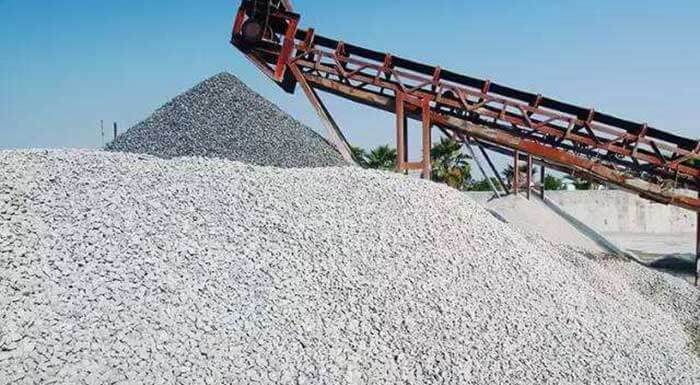
Second, How Many Types of Aggregates and How To Classify?
Aggregates as the collection of loose materials, its types can be classified according to its its source, aggregate size and its aggregate density as follows 3 categories:
How Myany Types of Aggregates [PDF DOWNLOAD]
1. Aggregate Types On The Basis Of Sources
According to aggregate source, it can be divided into natural aggregate, artificial aggregate and recycled concreate.
Natural Aggregate:It is composed of natural rock aggregate, such as sand, pebble, gravel, etc.
Artificial Aggregate:
1) Hot processed aggregate includes expanded shale, expanded vermiculite, etc.
2) Industrial bye-products include slag, iron slag, powder, etc.
Recycled Aggregate: It refers to broken concrete, broken clay brick, etc.
2. Aggregate Types On The Basis Of Aggregate Sizes
According to the size of aggregate, it can be divided into coarse aggregate and fine aggregate.
Coarse aggregate: It refers to rock particles larger than 5 mm, such as pebbles and gravels, usually obtain by crushed rocks.
Fine aggregate: It refers to rock particles ranges from 0.16 mm to 5 mm, such as river sand, mountain sand and sea sand.
3. Aggregate Types On The Basis of Aggregate Density
According to the density of aggregate, it can be divided into 3 kinds: normal aggregate, lightweight aggregate and heavyweight aggregate.
Normal Aggregate: It refers to aggregate with density between 2500 and 2700 kg/m3, such as gravels, sand and crushed stone.
Lightweight Aggregate: It refers to aggregate with density between 0 and 1000 kg/m3, such as ceramsite, calcined shale, expanded vermiculite, expanded perlite, foamed plastic particles.
Heavyweight Aggregate: It refers to aggregate with density of 3500-4000kg/m3, such as iron ore, barite, etc.
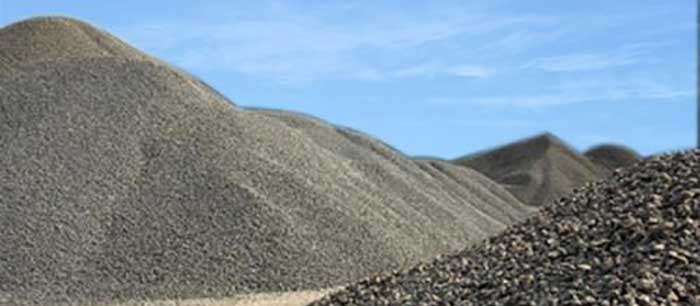
Quality Of Aggregates
1. The aggregate should be hard, clean and well graded; the fineness modulus of artificial sand should be in the range of 2.4-2.8, and that of natural sand should be in the range of 2.2-3.0.
2. The moisture content of aggregate should be stable. The moisture content of artificial sand should not exceed 6%. If necessary, accelerated dewatering measures should be taken.
Usually, gravel aggregate needs to be mined and processed, and the gravel aggregate plants mainly contain 4 parts: feeding system, conveying system, crushing system and screening system. Making aggregates need suitalbe production line.
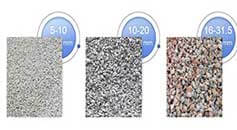 Aggregate Terms Definition [Sand / Stone / Gravel]
Aggregate Terms Definition [Sand / Stone / Gravel] Four Steps To Build Aggregate Production line
Four Steps To Build Aggregate Production line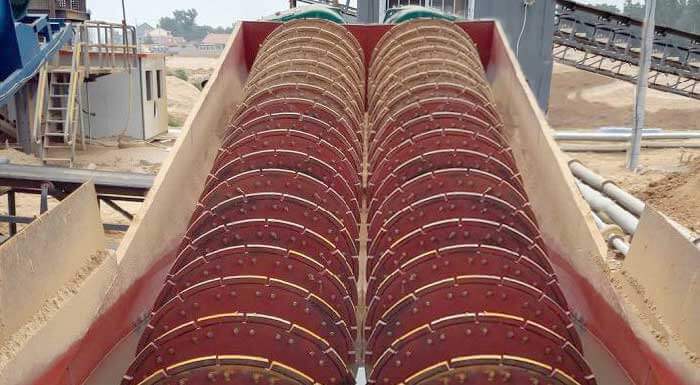 Types of Aggregate Washers & Their Features
Types of Aggregate Washers & Their Features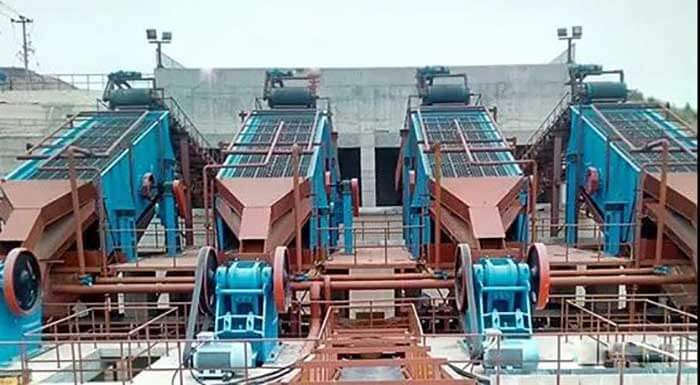 6 Types Sandstone Aggregate Screening Equipments
6 Types Sandstone Aggregate Screening Equipments


Thanks for helping me learn more about aggregate. I’ve been watching a couple of documentaries about earthmoving staff and they mentioned this a lot. I had no idea that aggregates could be composed of sand, pebbles, and gravel. I bet my mom could use this for her new home that she’s planning to build within the year.